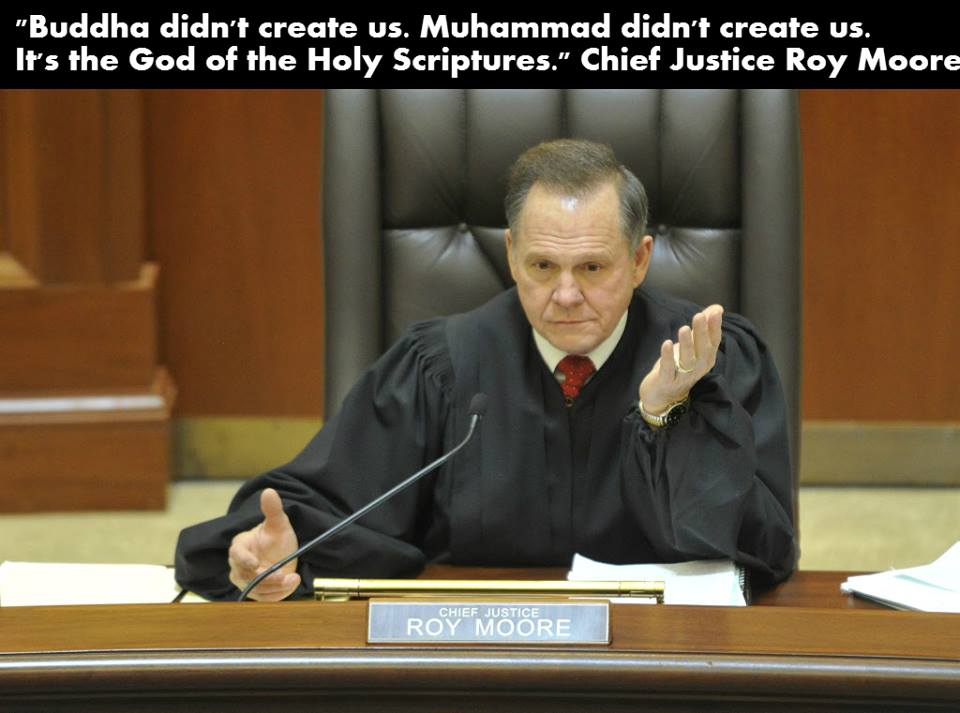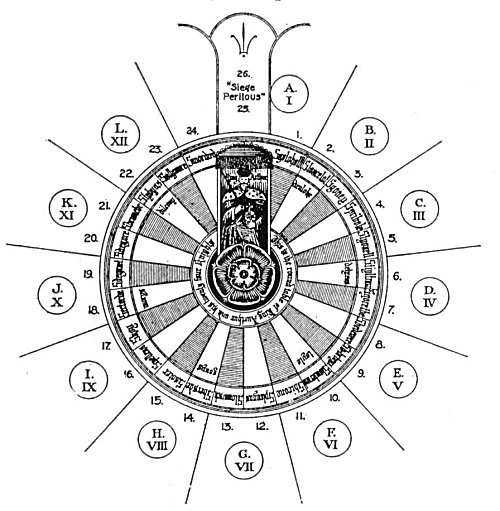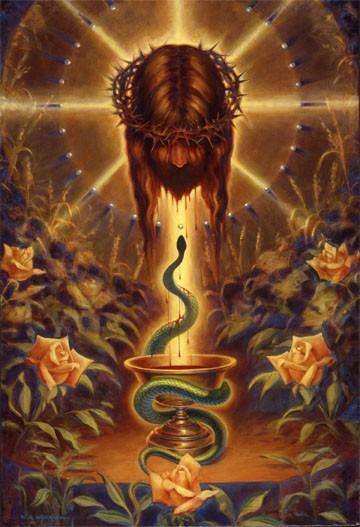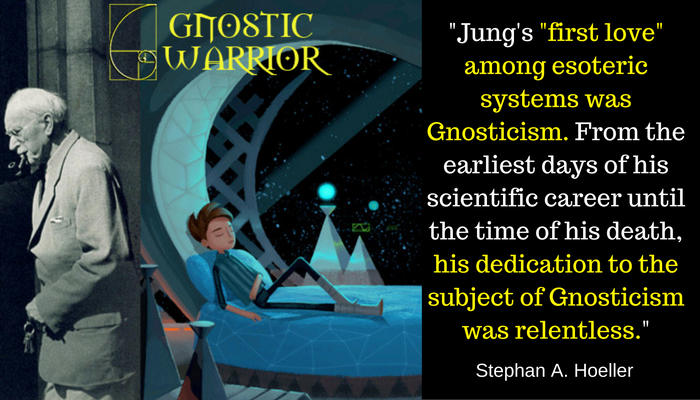[[Column 2 continued]]
“four,” the mystery-gods, the Kabeiri, summarized in the unity of one supreme Deity. It is found in the Egyptian pyramids, whose equal sides tower up until lost in one crowning point. In the kabalistic diagram the central circle of the Brahmanical figure is replaced by the cross; the celestial perpendicular and the terrestrial horizontal base line. But the idea is the same: Adam Kadmon is the type of humanity as a collective totality within the unity of the creative God and the universal spirit. [[Column continues on next page]]
Page 271
[[Column 1 continued]]
within Swayambhuva, the ‘Self-Existent’ ” (Institute of Manu, book i.).
As we have shown, neither the Svabhavikas, Buddhist philosophers — nor the Brahmans believe in a creation of the universe ex nihilo, but both believe in the Prakriti, the indestructibility of matter.
The evolution of species, and the successive appearance of various new types is very distinctly shown in Manu.
“From earth, heat, and water, are born all creatures, whether animate or inanimate, produced by the germ which the Divine Spirit drew from its own substance. Thus has Brahma established the series of transformations from the plant up to man, and from man up to the primordial essence. . . . Among them each succeeding being (or element)
acquires the quality of the preceding; and in as many degrees as each of them is advanced, with so many properties is it said to be endowed” (Manu, book i., sloka 20).
This, we believe, is the veritable theory of the modern evolutionists.
[[Column 2 continued]]
“Of him who is formless, the non-existent (also the eternal, but not First Cause), is born the heavenly man.” But after he created the form of the heavenly man , he “used it as a vehicle wherein to descend,” says the Kabala. Thus Adam Kadmon is the avatar of the concealed power. After that the heavenly Adam creates or engenders by the combined power of the Sephiroth, the earthly Adam. The work of creation is also begun by Sephira in the creation of the ten Sephiroth (who are the Pradjapatis of the Kabala, for they are likewise the Lords of all beings).
The Sohar asserts the same. According to the kabalistic doctrine there were old worlds (see Idra Suta: Sohar, iii., p. 292b). Everything will return some day to that from which it first proceeded. “All things of which this world consists, spirit as well as body, will return to their principal, and the roots from which they proceeded” (Sohar, ii., 218b). The kabalists also maintain the indestructibility of matter, albeit their doctrine is shrouded still more carefully than that of the Hindus. The creation is eternal, and the universe is the “garment,” or “the veil of God” — Shekinah; and the latter is immortal and eternal as Him within whom it has ever existed. Every world is made after the pattern of its predecessor, and each more gross and material than the preceding one. In the Kabala all were called sparks. Finally, our present grossly materialistic world was formed.
In the Chaldean account of the period which preceded the Genesis of our world, Berosus speaks of a time when there existed nothing but darkness, and an abyss of waters, filled with hideous monsters, “produced of a two-fold principle. . . . These were creatures in which were combined the limbs of every species of animals. In addition to these fishes, reptiles, serpents, with other monstrous animals, which assumed each other’s shape and countenance.”
Page 272
In the first book of Manu, we read: “Know that the sum of 1,000 divine ages, composes the totality of one day of Brahma; and that one night is equal to that day.” One thousand divine ages is equal to 4,320,000,000 of human years, in the Brahmanical calculations.
“At the expiration of each night, Brahma, who has been asleep, awakes, and through the sole energy of the motion causes to emanate from himself the spirit, which in its essence is, and yet is not.”
“Prompted by the desire to create, the Spirit (first of the emanations) operates the creation and gives birth to ether, which the sages consider as having the faculty of transmitting sound.

Moe is the founder of GnosticWarrior.com. He is a father, husband, author, martial arts black belt, and an expert in Gnosticism, the occult, and esotericism.








